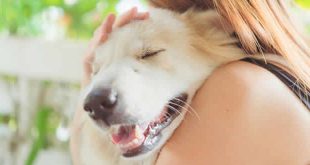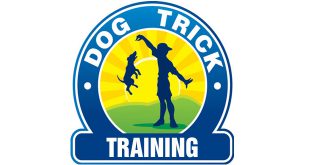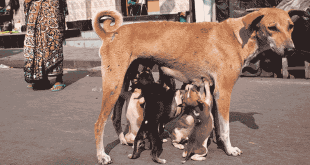By Divya Sanbhwani, Dog Trainer & Co-Founder at All Ears for Animals
Let’s start with going back in time to understand how Canine Agility came into being. Back in England in the year 1970, it gained popularity as trainers invested their time in engaging dogs in games and activities beyond their usual backyard as a part of the exercise and competing spirit. This sport would be broadcast to a crowd cheering for a dog they would support and this is how Dog Shows came into being.
[ads]Understanding Canine Sports & Agility from a Dog’s Perspective
Rewinding a little bit more, much earlier than this, dogs were adopted as companion animals to assist in various jobs as a ‘purpose’, we could say, whether it was a Doberman to guard home, a Border Collie to herd sheep, a Husky to pull a sleigh through snow or just a Labrador helping out at farms, each breed had its own reason for existence and supporting livelihood.
Now, take a moment and put on your dog glasses to see the world from their perspective. One of the things you may notice is a varied difference between what nature intended vs. what man created.
As a Pet Parent, we pose as a guiding and directing figure to our dogs. Hence, it is essential that we first understand our core purpose of bringing a dog home. Once we have a definite answer, we can ensure our actions are aligned with our goal. In training, we lay strong emphasis on Freedom and Responsibility. To keep it simple, think of freedom and responsibility as two halves of a circle constantly connecting with each other, where one is incomplete without the other.
If your goal is freedom for your dog, even if it is as noble as letting your dog run free on the beach without a leash, it wouldn’t be possible till your dog is capable of understanding and following commands, which we call “Responsibility”. Playing the role of the primary caregiver to our dog, it is only we who can invest consistent time and effort to make sure our dogs are trained in basic life skills such as understanding what is off-limits, boundaries, walking by your side, recall, to think like a pack member, not behave like a pack leader and more. This can easily be achieved with the help of a trainer who trains without treats or chains and lays more focus on creating a mutual bond of love, respect and trust between your dog and you.
When responsibility is taught, freedom comes easy. In that case, if we ask you to visualise an adventure planned with your dog to a local dog park, or a trip to Goa, rather than even a one-of-a-kind getaway to the hills, the first emotional response to this would be joy and excitement. But to the contrary, if your response was stress or fear, you know exactly what you need to work on.
There was a wonderful quote we shared with a pet parent at a training session when she had expressed the immense stress she feels when it has absolutely anything to do with her dog, “Always remember, our dogs have come into our lives to bring us peace, calm and joy if our dogs bring us stress, just remind yourself it’s never a dog’s intention to do so. They simply bring the stress to our notice for us to do something to help them overcome it, not to absorb it. After all, if we won’t, then who will?”
Henceforth, if such a loving relationship is created between pet and parent, do we really need our dogs to pass tunnels, take the slides or jump through obstacles? Where one may say it is a great form of bonding and exercising your dog, wouldn’t’ the dog be naturally drawn to it to achieve better health? Yet, we use treats to lure the dog to do the jump – so the dog does it, but not for the reasons you would expect him to.
Every trainer would say different things based on their school of thought. We would say – follow your dog. Try a fun experiment where you take your dog to two locations. The first location would be a local agility area or create a DIY at home. Do not offer any treats or push them to jump. Just stand on the side and observe. Note down your dog’s reaction and keep it aside. On the next day, take your dog to any open space in the arms of mother nature, which could be a beach, grassy park, or open space under an open sky – depending on where you can drop his leash and let him run free. This time, too, note your dog’s reaction.
When you compare the notes you’ve made, you’ll realise what is it that your dog identifies as a need and what we may feel is a want. A dog would need to spend time being free to release excessive energy and ground himself. Whereas passing through obstacles or participating in a dog show for long hours under the sun becomes a want of a human in order to watch their dog perform to achieve their own personal goals, nothing specified by the dog that they wish to “win” or “earn a champion title”
These answers from your dog should be enough for you to make better choices for them and ensure that the quality of life of a dog is directly dependent on the quality of experiences offered to them. We humans too love our freedom, and our dogs are no different.
 Kids Portal For Parents India Kids Network
Kids Portal For Parents India Kids Network








